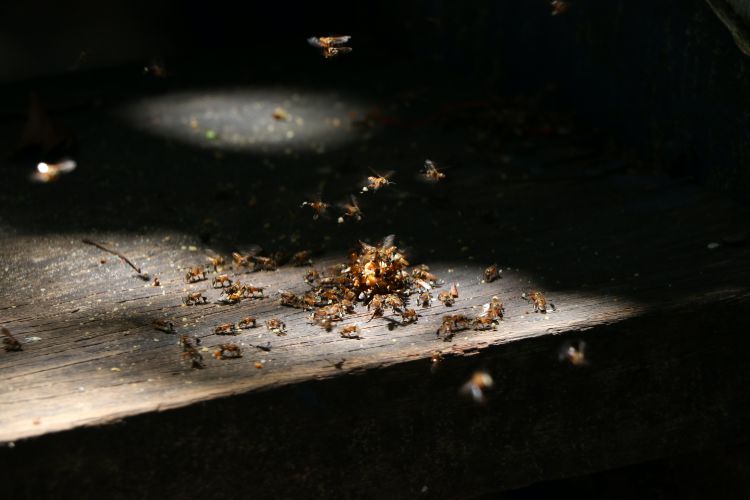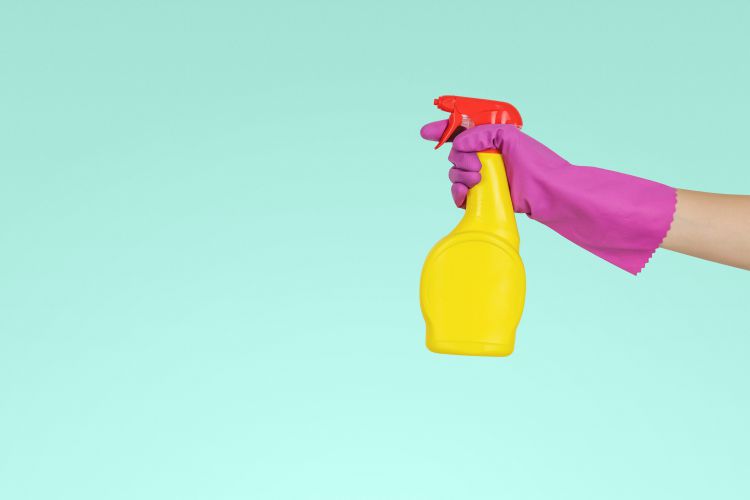 In every ecosystem, pests are an unfortunate reality that humans must confront. They range from the smallest insects to larger creatures like rodents and birds. Pests can prove detrimental to our health and properties. You may need to know how to protect your home from household pests, or even your business premises. In this article, we discuss some active steps you can take to prevent them, thus ensuring a safe and comfortable environment.
In every ecosystem, pests are an unfortunate reality that humans must confront. They range from the smallest insects to larger creatures like rodents and birds. Pests can prove detrimental to our health and properties. You may need to know how to protect your home from household pests, or even your business premises. In this article, we discuss some active steps you can take to prevent them, thus ensuring a safe and comfortable environment.
Understand Pests
Before proceeding, it’s crucial to understand what pests are, and why they become problematic. In a biological sense, a pest is any organism that hinders human activities. They can cause damage to our homes, crops, or physical well-being. Some pests (such as mosquitoes and ticks) can transmit diseases to humans and pets. Others (like termites) can cause extensive property damage. The most common household pests include rodents, fleas, cockroaches, ants, flies, bedbugs, and spiders.
Different pests pose unique challenges, due to their distinct behaviors, lifecycles, and preferences. Therefore, pest prevention often requires tailored strategies to address their specific traits. This is why understanding your pests is the first step toward effective prevention.
Perform Regular Inspections
Despite your best efforts, some pests may still find their way into your home. Regular pest inspections (either DIY or professional) can help identify the early signs of an infestation. In turn, this enables you to take swift action before the problem becomes significant. A thorough inspection should include all potential hiding places for pests.
Check behind furniture, under rugs, in the pantry, and attic spaces. In addition to these common hiding places, it’s also important to inspect cracks and crevices in walls, ceilings, and floors. This is because pests can often find their way into your home through these entry points. Pay special attention to areas where plumbing or electrical lines enter your home, as they can provide easy access for them.
Let Professionals Tackle Any Infestation
Attempting to remedy this on your own can lead to ineffective results, or even make matters worse. In contrast, pest controllers will have the expertise and tools necessary to handle any kind of infestation. They’ll have access to specialized knowledge and techniques, ensuring thorough eradication – without causing harm or further damage. They’ll be able to identify the source of the problem and determine the most effective treatment plan. They’ll also be able to carry out extermination or removal services safely.
With their help, you can rest assured that any pest problem will be addressed swiftly and efficiently. This will allow you to regain control over your property, and maintain a pest-free environment for years to come. An online search for local pest control companies can connect you to those that are licensed and protected, and that guarantee their services. Many can be contacted 24/7, and their websites often contain client testimonials and FAQs. Help can be received regarding moths, silverfish, and more, using a kids and pets-friendly approach.

Prioritize Sanitation
This forms the cornerstone of any successful pest prevention strategy. Most pests are opportunistic creatures, being attracted to environments offering plentiful food and safe shelter. Consequently, poor sanitation can inadvertently provide both of these elements and create a pest-friendly environment. This principle applies to both indoor and outdoor settings. Inside the home, regularly clean and disinfect spaces. This especially applies to the kitchen and dining areas, where food crumbs and debris are likely to accumulate. Proper food storage is also crucial, so ensure that all food items (including pet food) are stored in sealed containers that pests cannot access.
Promptly and properly dispose of garbage, to prevent it from becoming a food source for pests. Outdoors, maintain a clean yard that’s free from waste and standing water. Overgrown vegetation and clutter can offer shelter to pests, while standing water serves as a breeding ground for mosquitoes. Regularly clear your yard and garden of fallen leaves, grass cuttings, and other organic waste. In turn, you will discourage pests from settling.
Secure Your Home
Earlier on in this article, we discussed the need to seal potential entry points in your house. This is because pests are incredibly resourceful, and can enter homes through the tiniest of openings. Inspect your home’s exterior for cracks in the walls or foundation. Also search for gaps around windows and doors, and openings around pipes, vents, or cables.
You can apply simple solutions such as weather stripping, caulking, or steel wool. These things can be effective in sealing entry points. Not only can this keep pests out, but you can also improve your home’s energy efficiency. By improving the insulation, you can stop warm air from escaping in winter, or hot air entering during the summer. This will reduce your dependence on heating and cooling equipment, and extend their lives. It will also reduce your energy bills long-term. Should you go to sell, this can help you get a better sale price on the property.
Use Pest-Proofing Structures And Integrated Pest Management
It may be worth investing in pest-proofing structures. These include fly screens for windows, door sweeps to seal gaps under doors, and chimney caps to prevent pests from entering your home through the chimney. These structures physically block pests from entering your home, and are particularly effective against flying and crawling insects.
Integrated Pest Management (IPM) combines different techniques to manage pests. It focuses on preventing pest damage, rather than just killing them. The methodology includes biological control, habitat manipulation, changing cultural practices, and the use of pest-resistant species of plants. The philosophy of IPM is based on understanding the life cycle of pests, and their interaction with the environment. This information is used to manage pests with the least possible hazard to people, property, and the environment.
If you create an environment that’s inhospitable to pests, you can reduce the factors that attract them. If a problem does occur, however, early intervention is key. While some infestations can be handled with DIY methods, severe or persistent problems may require professional pest control services. By being proactive, we can coexist with these creatures without compromising our comfort, health, or property.




